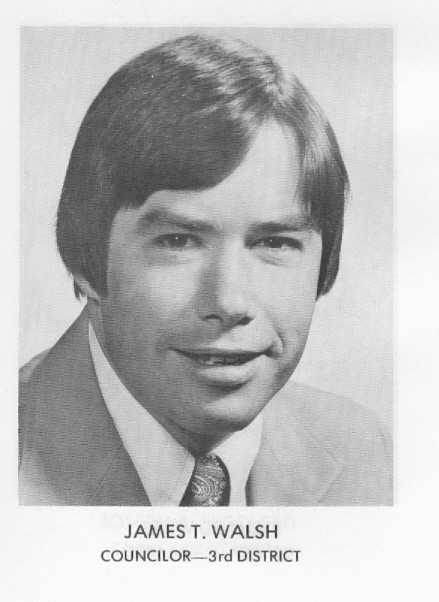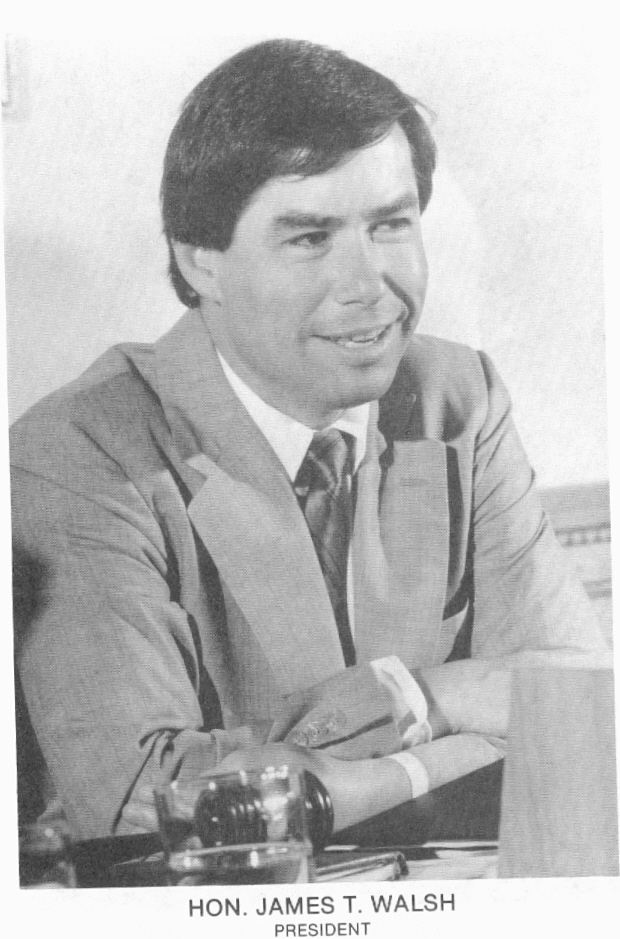The Syracuse Common Council
The beginning of Congressman Walsh's
political career took place on the
Syracuse Common Council. On the Common Council,
Walsh established his Republican ideals and
his loyalty to the progress of the city of
Syracuse, which continued after his election to Congress. While on the Common Council, Walsh was particularly
interested in Parks, Recreation and
Environment and a member of that standing
committee every year until he was elected
Common Council president his last 3 years.
He continued his work aiding development in the city of
Syracuse when he was elected to Congress.
Walsh was great at finding resolutions to a
plethora of problems in the city of Syracuse
and dedicated ten years of his time on the
Common Council to do so.
The Syracuse Common Council was
established to solve civic issues concerning the
city of Syracuse, New York. The bound
minutes of the Council, supplied by Congressman Walsh,
provide information about what problems the
City of Syracuse had to deal with as well as
how these problems were resolved. Each
volume
represents a year Walsh was
a member of the Common Council. All of the
books include pictures of the Common
Council, minutes of regularly scheduled, special and
organizational meetings, list the standing committees
and note the annual budget of the city of Syracuse
for the following year.
(Click on the pictures
to view Walsh legislation)
|
1978-1983
|
1984-1988 |
 |
 |
The Syracuse Neighborhood Initiative
The Syracuse Neighborhood
Initiative was a challenge issued by
Congressman Walsh in 1999 to revitalize the
city of Syracuse with four major goals. The
city of Syracuse, local and national
non-profit community development
organizations and private sector leaders
were all responsible for the restoration of
neighborhoods in Syracuse and reclaim vacant
buildings. The four major goals are;
1) To position our neighborhoods to
successfully compete for investment.
2) To improve the quality of life in our
neighborhoods.
3) To strengthen community.
4) To help neighborhood residents to
build assets.

Created by Danielle Butler for History 419,
Spring 2009.

Archives Index
Page